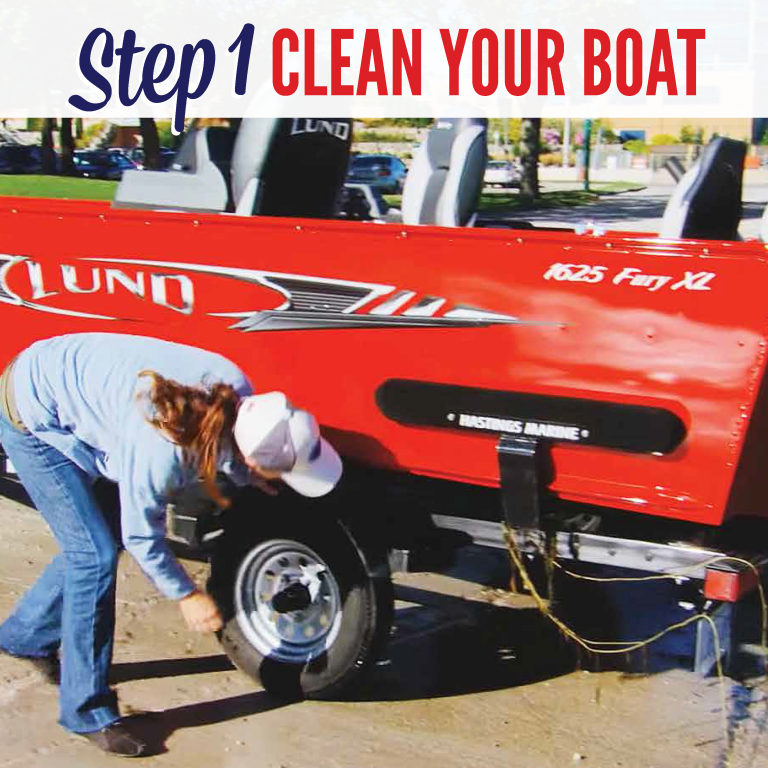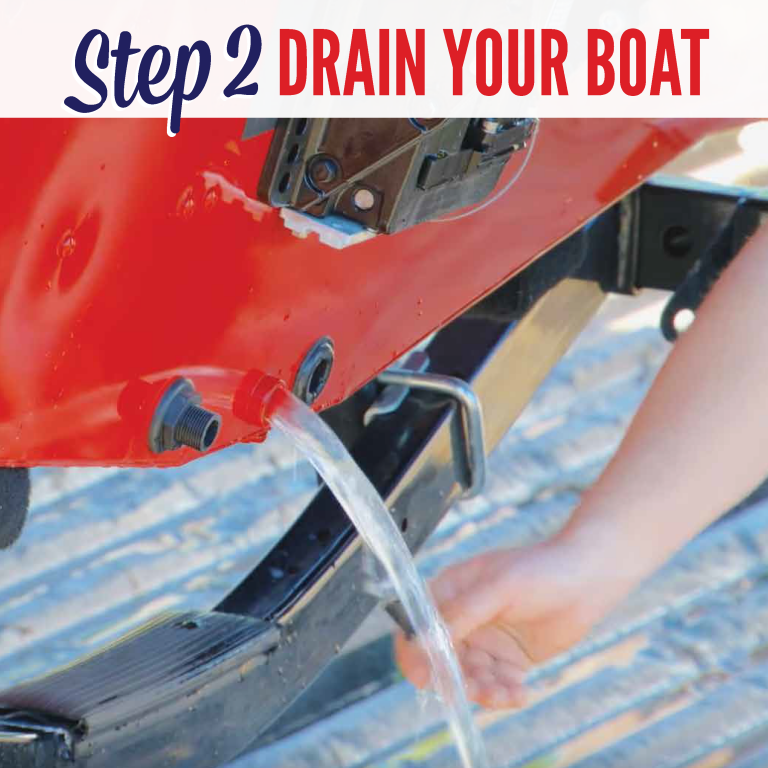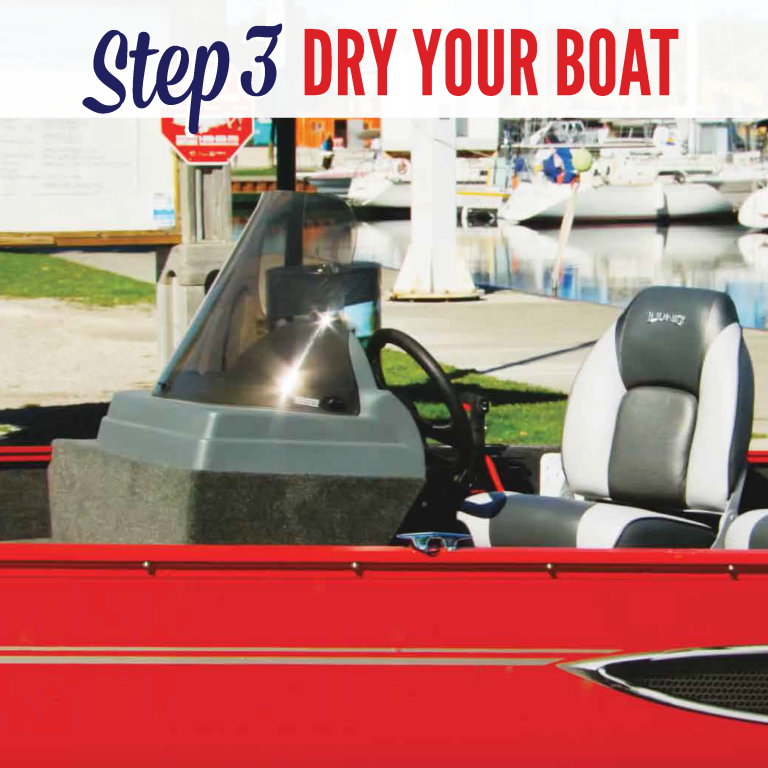Stop the Spread of Aquatic Invasive Species
While COVID-19 has us staying home for now, we can still look ahead to planning outdoor getaways when restrictions lift. Heading to western Canada? Did you know that there are rules and regulations in place to stop the spread of aquatic invasive species, like invasive mussels?
Are you a commercial watercraft hauler? Click here to learn more!
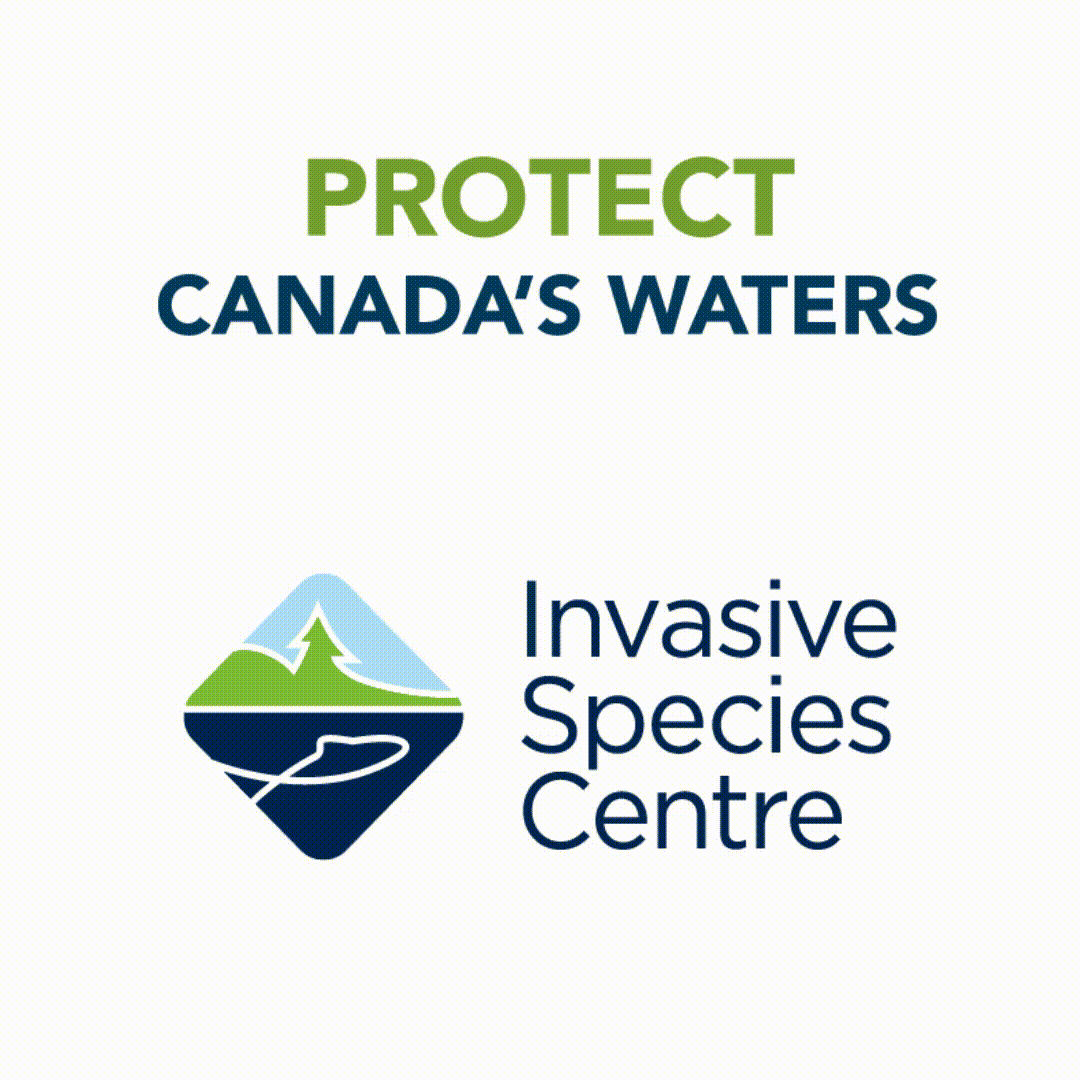
Invader Spotlight: Zebra and Quagga Mussels
Invasive mussels such as Zebra Mussels and Quagga Mussels have taken over Ontario’s waters. These tiny invaders cause huge ecological and economic impacts and can survive the road trip. They filter plankton out of the water depleting this food source, a vital component of aquatic ecosystems and outcompete native species for resources. Constantly filtering the water of plankton also allows for more sunlight to penetrate the water, causing excess plant growth and algal blooms. They can colonize surfaces, blocking water intake pipes, boat motors and more. It is estimated that in Ontario alone, management of invasive mussels costs approximately $75 to $91 million annually. Western provinces are working hard on prevention to avoid the same costs.
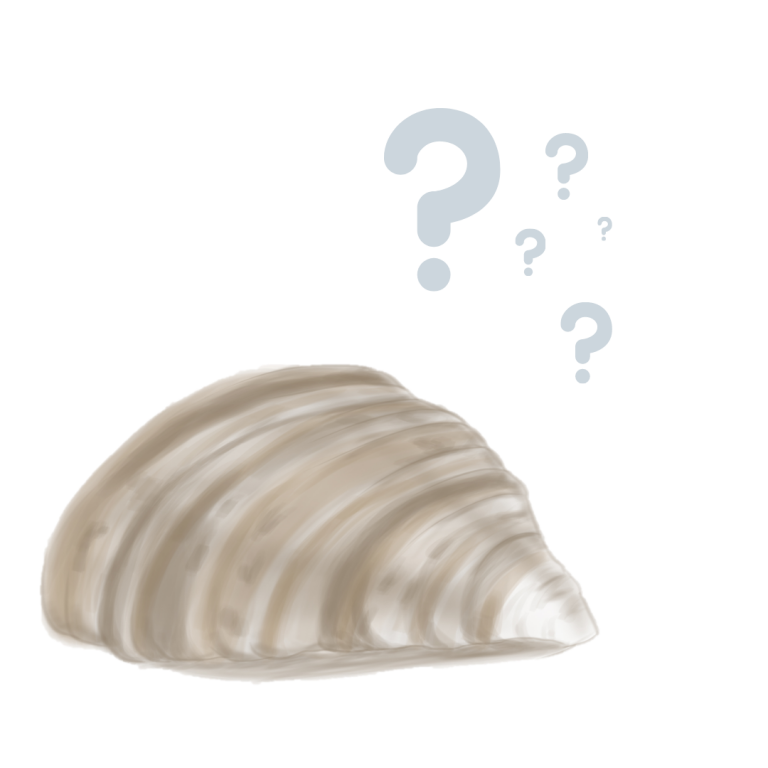
Know Before You Go!
It is your responsibility to know the rules and regulations in the province you are travelling in order to protect Canada’s waters from aquatic invasive species. Canada’s western provinces are working hard to prevent the spread of invasive mussels. Did you know that detection dogs also joined the search for invasive mussels at inspection stations in some provinces? Learning about these rules and regulations will protect Canada’s waters and help avoid disruptions and fines ranging from $174 to $2542 depending on the jurisdiction and offence.
What can you expect when travelling with a watercraft? Here’s what you need to know before you go!
- There are mandatory boat inspection stations in Manitoba, Saskatchewan, Alberta and British Columbia. Failure to stop at these inspection stations when they are open can result in fines in each province. Did you know that detection dogs also joined the search for invasive mussels at inspection stations in some provinces?
- Pull your drain plug! It is the law to have your drain plug removed when moving a watercraft over land in Manitoba, Alberta and Saskatchewan. Failure to do so can result in fines in each province.
- Travelling to B.C.? Anyone transporting a watercraft into the province is required to contact the Provincial Program before launching a boat in B.C. waters. Travelers must wait for instruction from an inspector before launching.
- Under federal, as well as provincial legislation in Manitoba, Saskatchewan, Alberta and British Columbia, it is illegal to possess, transport and/or release Zebra and Quagga Mussels dead or alive.
Learn more about the rules and regulations in the summaries below and by clicking through the additional resources!
Manitoba
Aquatic invasive species in Manitoba are addressed under the Aquatic Invasive Species Regulations of The Water Protection Act.
This legislation prohibits the importation, possession, transportation, and release of aquatic invasive species in Manitoba. It requires all water users in Manitoba to properly clean watercrafts, water related equipment, motor vehicles, and aircrafts before placing them in the water and upon removal from the water body (before transporting away from shore). There are also 6 control zones under the regulations which include areas where there are known aquatic invasive species and are used to prescribe additional requirements or restrictions to prevent further spread. These control zones require more stringent decontamination measures before they can be placed in another water body.
Additional Resources:
Saskatchewan
Aquatic invasive species in Saskatchewan are addressed in the Fisheries Amendment Regulations, 2020 under the Fisheries (Saskatchewan) Act. Under these regulations it is illegal to import, possess, or transport high-risk aquatic invasive species and it is illegal to use live fish and crayfish (dead or alive) as bait. The regulations allow conservation officers to inspect, quarantine, and decontaminate watercrafts that are known or suspected to contain invasive species. Aquatic invasive species identified as a high-risk threat by the Saskatchewan Ministry of Environment are added to a list of prohibited species under these regulations. It is illegal to import, possess, or transport prohibited species.
By law, watercraft users in Saskatchewan are required to:
- Drain your watercraft. Drain plugs must be pulled and watercrafts drained of standing water. It is illegal to transport your watercraft with a drain plug in place.
- Stop at watercraft inspection stations. If you are transporting a watercraft or water related equipment you are required by law to stop in at watercraft inspection stations.
Additional Resources:
Alberta
Aquatic invasive species in Alberta are addressed under the Fisheries (Alberta) Act. It prohibits the possession and importation of aquatic invasive species and prohibits the entrance of invasive species to water bodies of any kind.
This act also describes the mandatory watercraft inspection stations, as well as powers to inspect, quarantine, and decontaminate watercrafts (new or used) that are known or suspected to contain aquatic invasive species.
By law, watercraft users in Alberta are required to:
- Drain your watercraft. Drain plugs must be pulled and watercrafts drained of standing water. Transporting your watercraft with a drain plug in place is illegal and can result in a $180 fine.
- Stop at watercraft inspection stations. When highway signage indicates that watercraft inspection stations are open, watercraft users are required to report in. Failing to stop at an open inspection station while transporting a watercraft can result in a $324 fine.
Additional Resources:
British Columbia
Aquatic invasive species in British Columbia (B.C.) are addressed under the Controlled Alien Species Regulation. Under provincial legislation, anyone transporting a watercraft in B.C. is required to stop and report to all invasive mussel watercraft inspection stations. Failure to stop at an open inspection station could result in a $345 fine.
B.C. has a program in place for anyone bringing a boat into B.C. from out of province. Anyone bringing a boat into B.C. is required to contact the Provincial Program at COS.Aquatic.Invasive.Species@gov.bc.ca before launching the boat into B.C. waters. Travellers need to wait for instruction from a B.C. Provincial Aquatic Invasive Species Inspector before launching. For more details visit Bringing Your Boat to B.C.
Additional Resources:
Clean, Drain, Dry!
Where do mussels like to hide? Check your boat before and after you float!
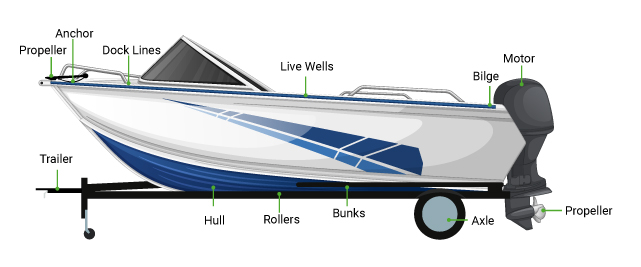
Don’t give mussels the muscle to spread! Make sure you review the legislation in the jurisdiction you’re travelling to for specific requirements. It’s always a good idea to inspect your watercraft and clean, drain and dry to help reduce the harm to Canada’s waterbodies.
